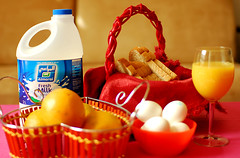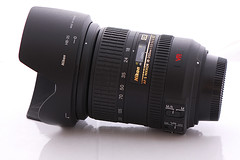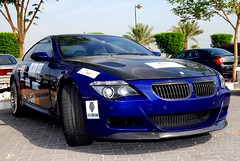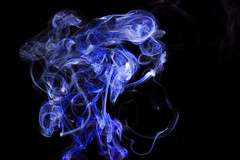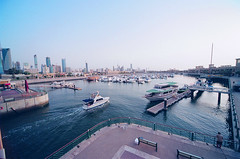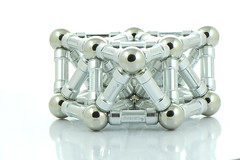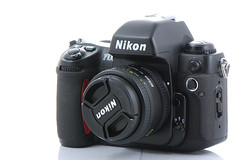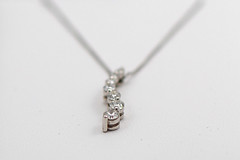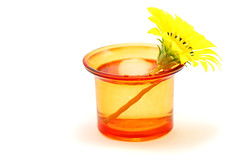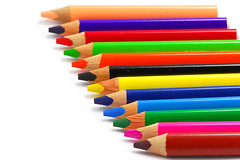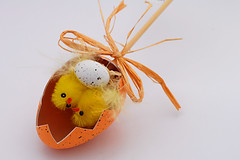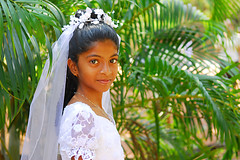Jumping to a FX sensor is going to be a big jump for me - as I have already invested in some quality lenses that are not compatible with the FX sensor (especially my lovely Nikkor 17-55 f2.8
When I saw an ad for a used D300 body for a very good price, my antenna went up. I knew that the D300 was a step up from the D200. I was also aware of its improved ISO performance, but was not really sure about other enhancements compared to my current D200.
I pulled the trigger and purchased the body (It came bundled with the awesome 50mm f1.4 lens that I reviewed yesterday). Once I had the camera in my grubby hands, I decided to check its features compared to the D200. I was shocked!. This thing is an improvement over the D200 in almost every single area. DPReview has a nice side-by-side comparison of both D200 and D300. If I had analyzed these differences earlier, I am sure I would have been tempted to upgrade much much earlier.
For me, these are the main differences:
1. ISO performance: I can shoot comfortably up to ISO 800 on the D200. It can go up to ISO 1600, but the pictures are not really usable. According to the data sheet, D300 allows me to shoot usable pictures up to ISO 1600, and it goes up to ISO 3200. So essentially, 1 whole stop of low-light improvement.
2. Auto-Focusing: D300 has 51 focus points for fast and accurate focusing, compared to the 11 focus points of D200.
3. Picture Size: D300 outputs 12.3 megapixels, compared to the 10.2 megapixels from the D200.
4. Dust Reduction System: D300 comes with a dust reduction system that automatically cleans the sensor using vibrations. D200 does not have such a system and dust removal requires careful manual cleaning that requires surgical skills.
5. Live View: I was surprised to learn that D300 has a live-view mode. Images can be composed using the LCD screen. D200 does not support live view.
Of course, there are many other differences but the above are what caught my fancy.
I've had the camera in my hands for only 2 days so I can't make a definitive judgement on how good it is compared to the D200. However, I will be shooting a lot in the coming days and I will post my detailed impressions on this camera. More importantly, I am going for a Himalayan trek next month so the camera will see some action there.
Since my main motivation of upgrading to D300 was its low-light capabilities, I decided to test this first. We had an outing last night at the beach with some friends. I took the new camera along with me to try some low-light shots. Here's one example shot at ISO 3200.
The place was almost dark and the only lights available for this picture were some sodium lights in a nearby basket-ball court about 50 meters away!!. This photo would be impossible to capture with the D200,
As expected, the image was quite noisy. I ran it through Neat Image Pro, and then applied some sharpening to make it usable. As you can see, the picture is decent and usable (albeit at a lower-resolution). But at the end of the day, it is usable and that is all that matters.
Here's a 100% crop of the original image (after running through Neat Image).
Needless to say, I am terribly excited with the D300. Combined with the 50mm f1.4, it appears to be a deadly combination for low-light photography.
I still haven't decided what I will do with the D200. Perhaps use it as a backup body. It is, after all, still an awesome picture-taking machine.







